Wood Lathe
Using mechanical design principles: design, analysis, and build a mechanical system
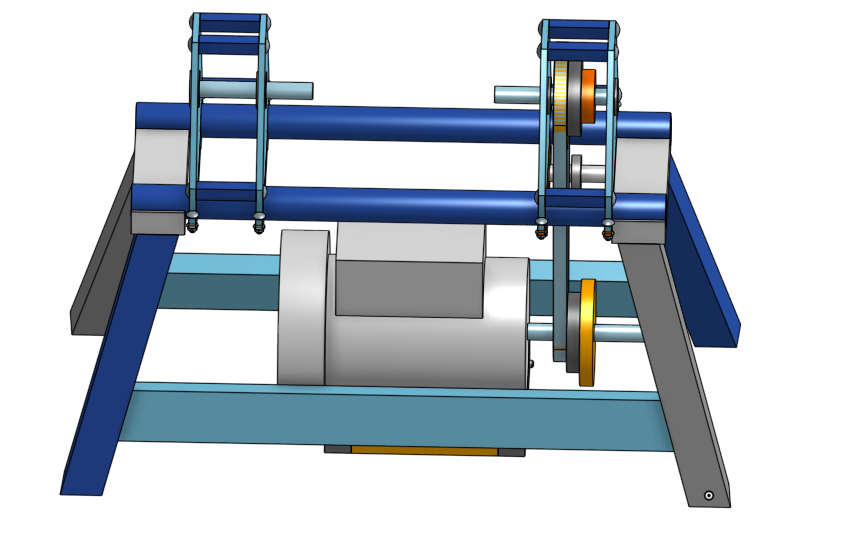


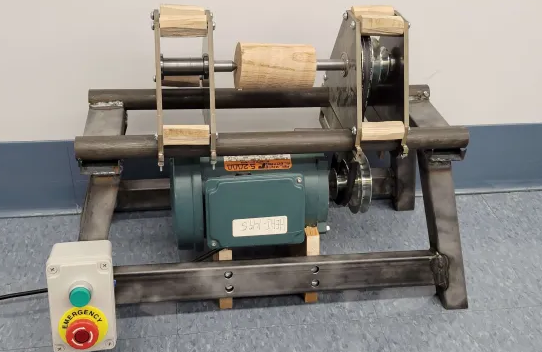
This project task me and a team of 5 with building a wood lathe. The system was powered by a 1/2 hp AC motor. There was a belt drive for primary power transmission with a variable speed ratio. The system was designed in OnShape. Using both Solidworks FEA and hand calculations, the design was analysis for stability, performance, stress, and life estimates. The system was built using cold saws, water jet cutters, metal mill & lathe, along with TIG welding. This project required applicable knowledge from the Mechanical Design course including CAD and technical drawings, stress analysis and FEA, and technical reporting. Advanced manufacturing knowledge was also required for a successful project.
Skills and Tools: OnShape, Technical Drawing, FEA, Stress Analysis, Welding, Metal Mill & Lathe, Technical Report
Whack-a-Mole Machine
Design and build an integrated Mechanical, Electrical and Software system project
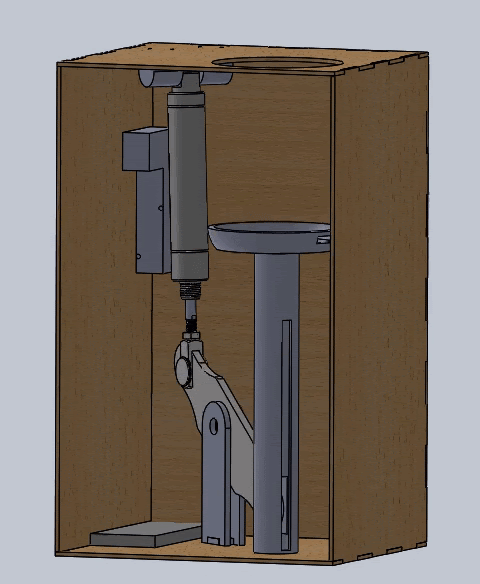
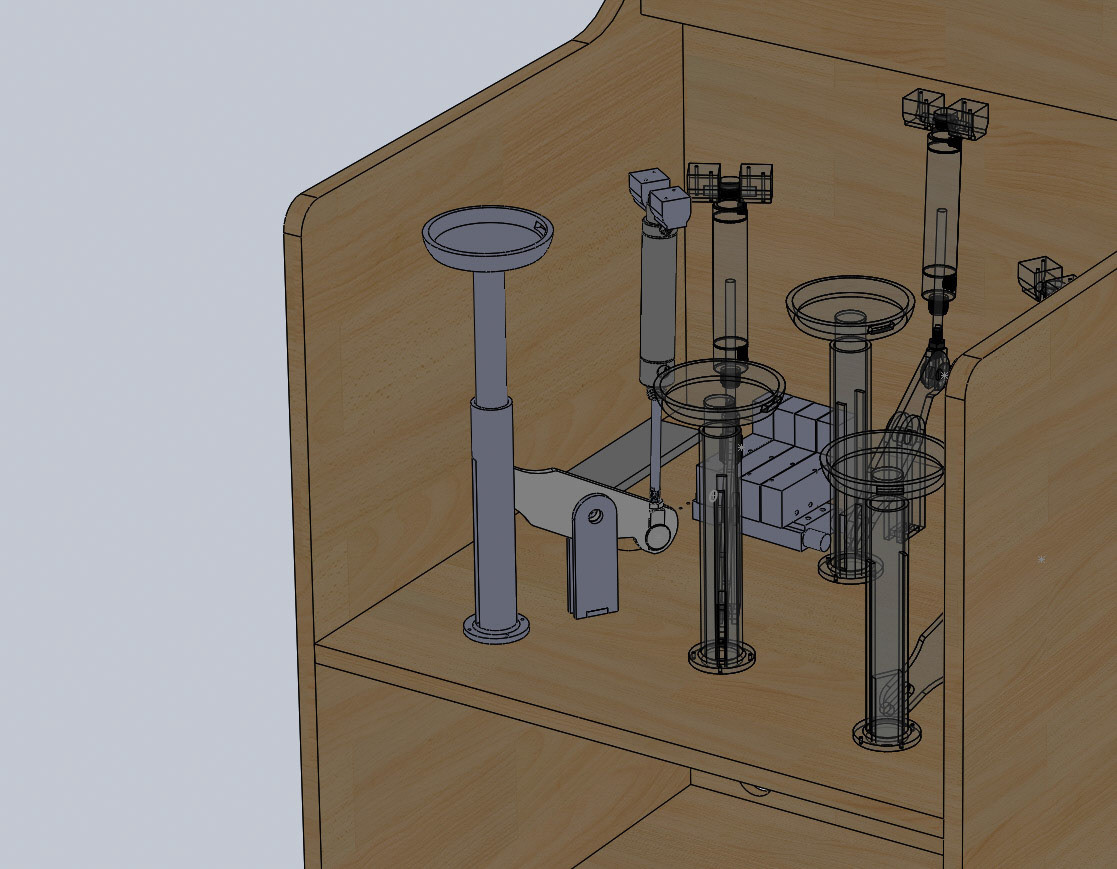
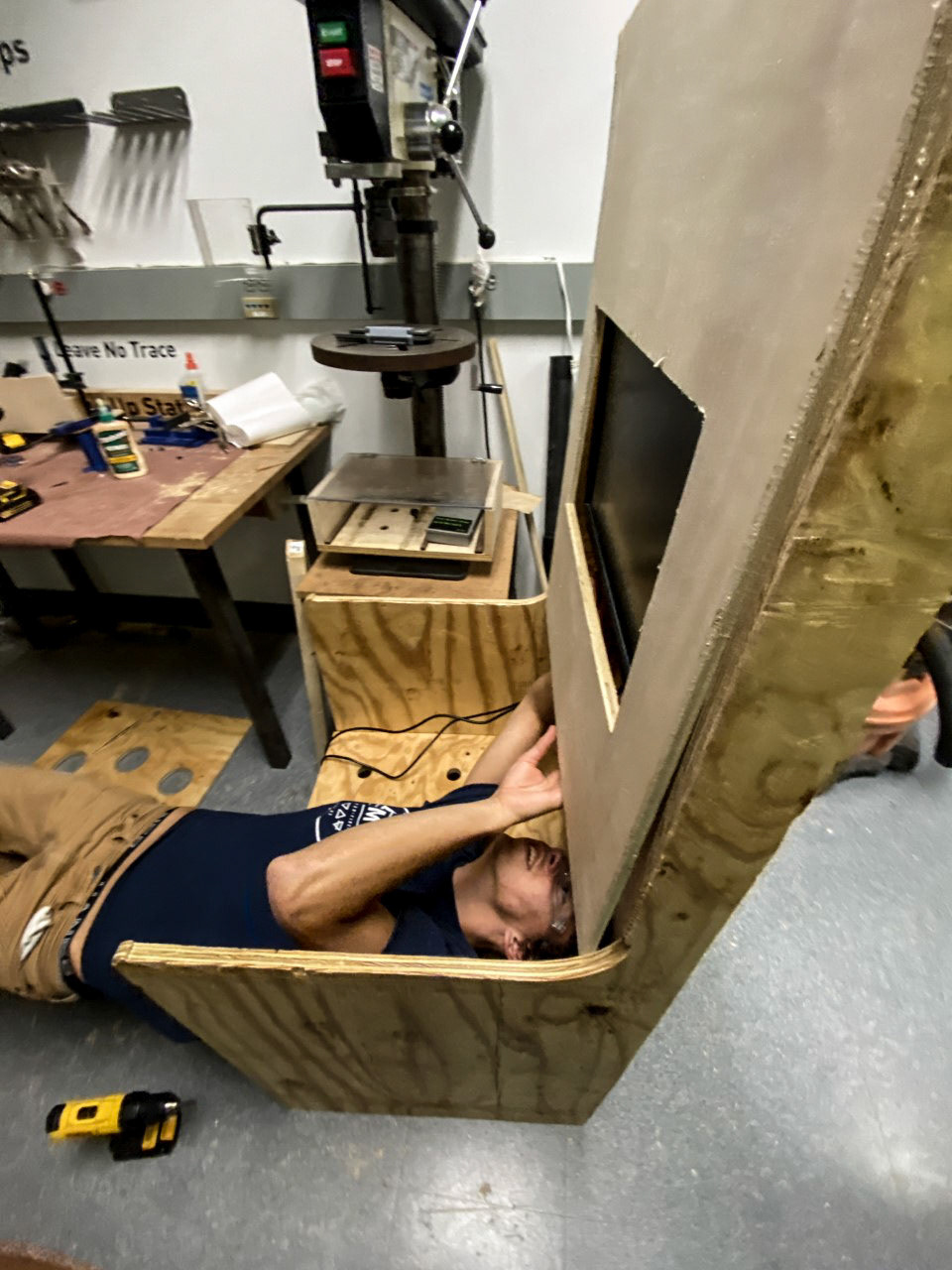

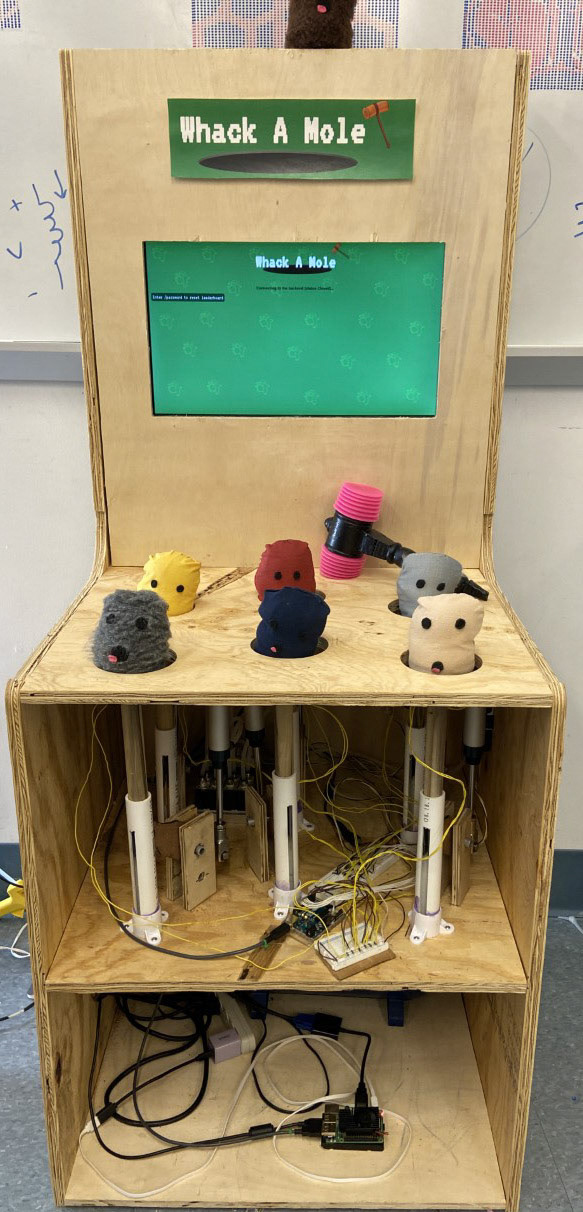
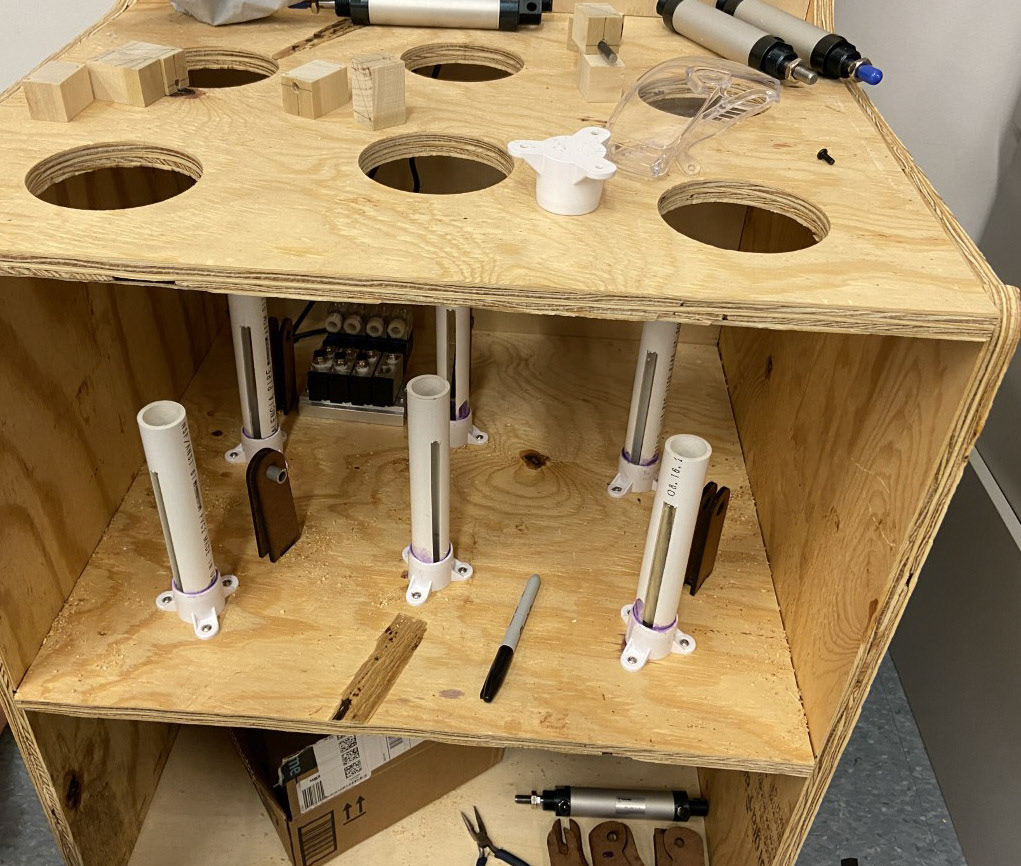
The course tasked us with creating a project over a quarter that could enhance our knowledge of mechanical, electrical and software systems and work on teams to integrated into a final project. It also focused on using the sprint format to rapidly iterate on designs over the 2 month period. For this, my team of 5 people decided to make a whack-a-mole arcade game. As a mechanical member, I design the CAD for the system powered by 6 pneumatic pistons. Included in this design, we used FEA to estimate stress load on the system for hits on the moles. This informed material selection and part design in the system. I also contributed largely to the construction using various power tools include the wood CNC, table saw, and miter saw.
Skills and Tools: Project Management, Project Scoping, Solidworks, FEA, Wood CNC, Table Saw
Heat Pump Modeling and Analysis
Compare effectiveness of ground & air source heat pumps at Olin College of Engineering

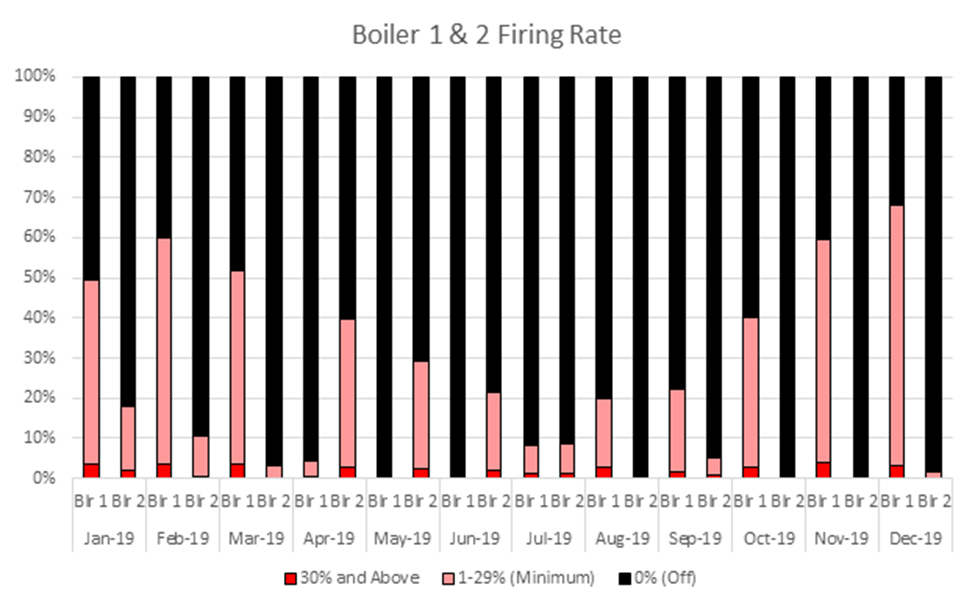

As more people switch to alternative heating methods in the New England area, a team and I developed a model to analyze the effectiveness of 2 of the most popular systems: ground-source heat pumps & air-source heat pumps. We built the model around Olin College using weather data, campus heating needs, and area ground temperatures. The simulation was developed in Matlab and analyzed several components of the system including efficiency, pump power required, and entropy generation through advanced knowledge of thermodynamics and fluid systems with the help of the REFPROP library. The model analyzed one year of performance of each heating system where it found that the ground-source pump was a more efficient and reliable method of heating.
Skills and Tools: Thermodynamics, Fluid Dynamics, System Modeling, MATLAB, Renewable Energy
Train Fluid Dynamics Modeling
Model the air profile surrounding a high speed train going though a tunnel

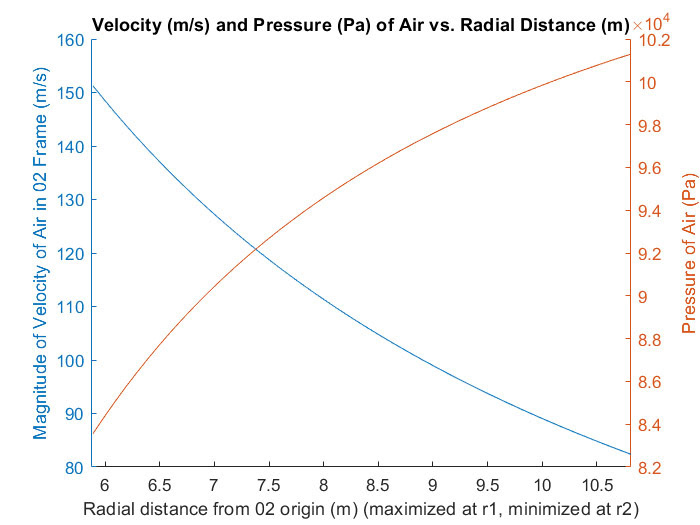

The final project of an intermediate Transport Phenomena class tasked me to model a real life situation using the Navier-Stokes equations. My partner and I choose to model the velocity profile of air around a train as it went through a tunnel. This required multiple mathematical approaches including shifting reference frames, convolutions, and partial derivatives. The calculation were simulated using MATLAB and a comprehensive report of the various modeling methods and processes is attached below. This project required additional research well beyond the scope of the class.
Skills and Tools: Fluid Dynamics, Partial Differential Equations, MATLAB


